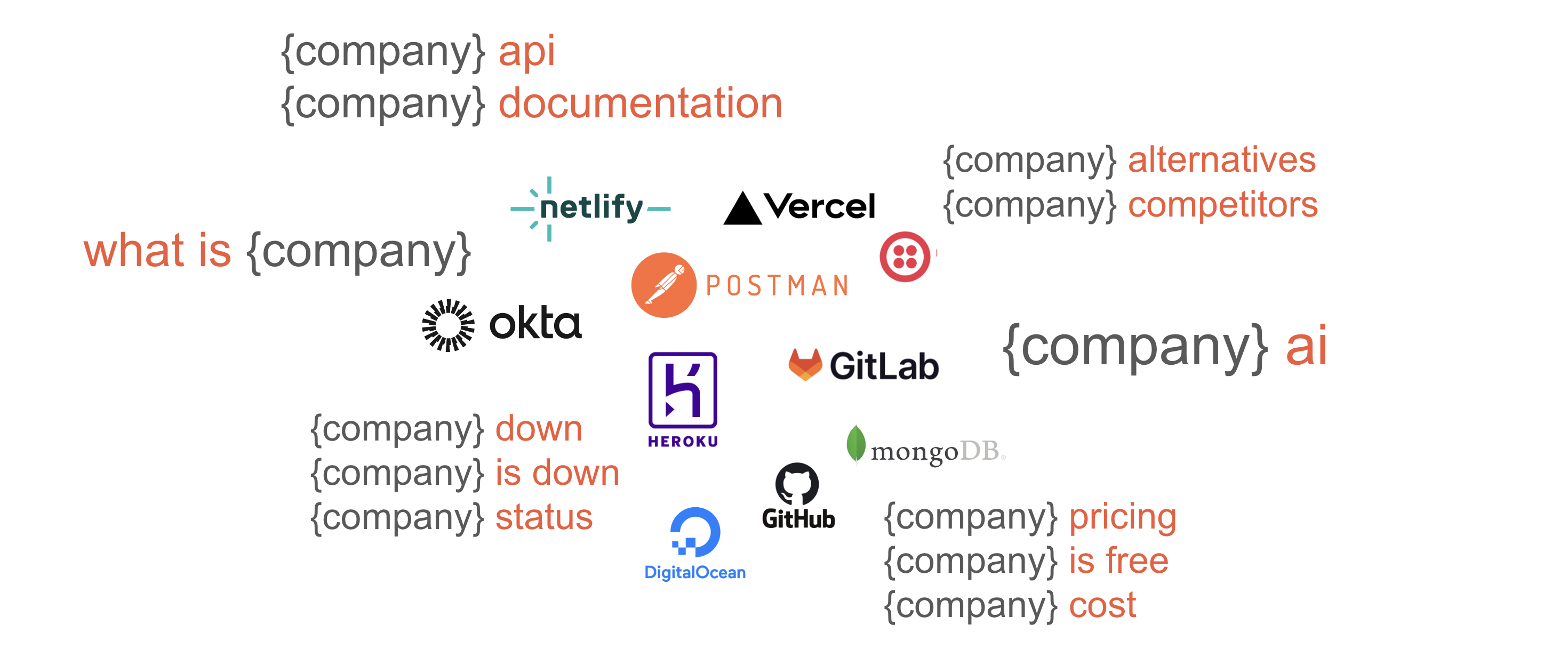Make your own KML (for Google Earth)
I have no real way of knowing just how popular the “Download to Google Earth” option is on our geocoder. This because once you load the home page, you could request KMLs all day and I don’t see them as new page views in the logs. I have heard from several people who are using it successfully to create libraries of KMLs, which they then mix and match setting up different colors for different data. (If you want to add your colors, just add a “color” column to your source data and throw in an Hex RGB value for the color.)
KML is pretty cool. It lets you do some amazing things, with a very simple XML based syntax. The great thing about it, is unlike popular GIS formats like an ESRI shapefile, both the data and the rendering information are stored in the KML. This means when you send your KML file to your buddy, he can open it up in Google Earth and immediately visualize it in the same way you do. With classic GIS data, your buddy would need to set up his own rendering parameters, which probably are going to end up different than what you are looking at.
With ESRI’s Arc8 suite, there became a concept of the “layer file” and MXD, both store a pointer to the data as well as the rendering information, however neither store the data itself. ESRI gives you ways of storing information, and storing rendering parameters… but never together. There have been attempts to do this in the past, but they never seem to make it into the standard ArcMap. Word on the street is this will be changing in future versions of the Arc9 suite, but its funny its taken so long to get to that point.
Backwards compatibility are other big problems for ESRI data formats and MXDs. If I save an MXD in Arc9, you will not be able to read it in Arc8. Likewise if I have an ArcSDE 9 database, you will not be able to connect to it in Arc8. This presents huge problems for enterprise GIS users, who are forced to upgrade everyone at once or have dual environments for newer and older versions of the software. Unfortunately this seems to be a problem that won’t be fixed any time in the near future.
Interactive Maps Made Easy
Sign Up NowGoogle got it right the first time, whereas ESRI has been doing it for over 30 years now and they still aren’t there. So who is the real map expert?

